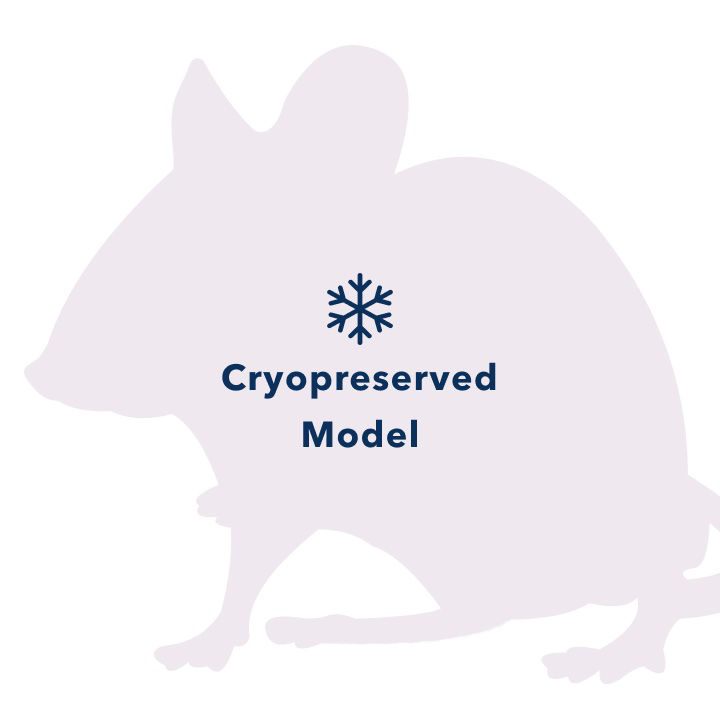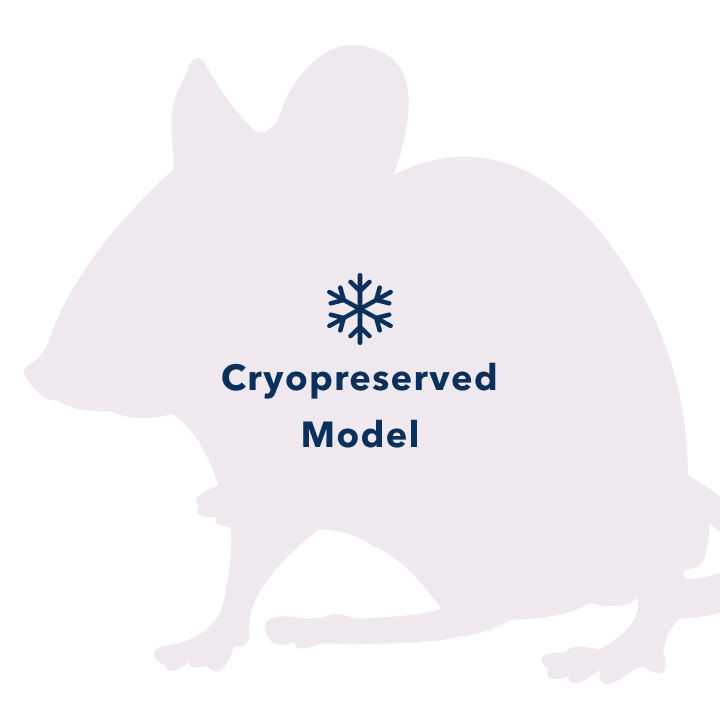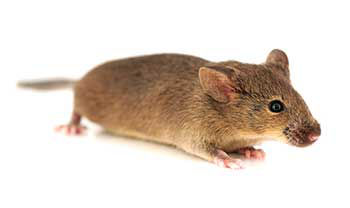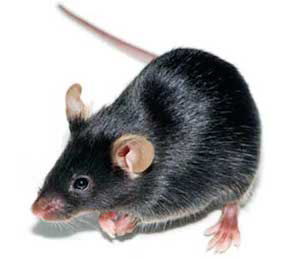Application Areas:
HLA-A2.1 (C57BL/6)

| Model No. | Nomenclature | Genotype |
|---|---|---|
| 8906-F | B6NTac.B6J-Map4k3Tg(HLA-A*0201/H2-Kb)A*0201/Tac | tg/wt |
| 8906-M | B6NTac.B6J-Map4k3Tg(HLA-A*0201/H2-Kb)A*0201/Tac | tg/wt |
- Description
- Data
- Price & Licensing
- Health Report
- Overview
- Genetics
- Guides & Publications
- Applications & Therapeutic Areas
- Transit, Housing & Welfare
- Diet
Overview
Nomenclature: B6NTac.B6J-Map4k3Tg(HLA-A*0201/H2-Kb)A*0201/Tac
- Carries a transgene consisting of fragments of the human HLA-A*0201 gene and mouse H2-Kb gene which encodes a chimeric class I molecule consisting of the human HLA-A2.1 leader, α1 and α2 domains ligated to the murine α3, transmembrane and cytoplasmic H2-Kb domains.
- Expresses the chimeric HLA-A2.1 class I molecule on the surface of T and B cells.
- Represents the human HLA-A2 supertype.
- Useful for infectious disease research, vaccine development and testing, safety and immunogenicity testing as well as research directed towards oncology, autoimmune disorders, and syngeneic tumor studies utilizing C57BL/6-derived tumors.
- Permits identification of epitopes restricted to the HLA-A2 supertype.
- Taconic offers this allele on two different backgrounds, CB6F1 and C57BL/6. HLA-A2.1 (CB6F1), model #9659, is on a CB6F1 background and is recommended for most applications, including vaccine research and general epitope identification. HLA-A2.1 (C57BL/6), model #8906, is recommended specifically for syngeneic tumor studies utilizing C57BL/6-derived tumors and for crossbreeding to other GEM lines on the C57BL/6 background (inquire regarding crossbreeding rights).
- Sequencing indicates that the transgene integrated as a multi copy array within the Map4k3 gene on chr 17. The associated genomic deletion spans ~240 Kb and causes a loss of function mutation of Map4k3. The nomenclature for this transgene has been updated to reflect this information.
Recommended Controls
The recommended control for this model is C57BL/6NTac.
Origin
The HLA-A2.1 model was generated by Pharmexa-Epimmune. The model was created by microinjecting a chimeric transgene combining a fragment of the genomic clone of the human HLA-A*0201 gene that included leader sequence, α1 and α2 domains ligated to a fragment of the murine H2-Kb gene containing the α3, transmembrane and cytoplasmic domains. This transgene was microinjected into C57BL/6J zygotes. The resultant mice from Founder Line A*0201 were on an inbred C57BL/6J background. Taconic received stock from Pharmexa-Epimmune in 2008. The line was embryo transfer derived, and the colony is maintained through breeding of homozygous males and females. The SNP profile indicates that the genetic background is now 100% C57BL/6NTac. In 2020 the model was backcrossed for 5 generations to the C57BL/6NTac genetic background. In the production colony, wild type C57BL/6NTac animals are bred to homozygous animals to produce hemizygous pups on the C57BL/6NTac background. In addition, another production colony is breeding BALB/cAnNTac females with homozygous males on the C57BL/6NTac background to produce hemizygous CB6F1 pups, which are sold under model #9659.
Genetics
Guides & Publications
Initial Publication: Vitiello A, Marchesini D, Furze J, Sherman LA, Chesnut RW. (1991) Analysis of the HLA-restricted influenza-specific cytotoxic T lymphocyte response in transgenic mice carrying a chimeric human-mouse class I major histocompatibility complex. J Exp Med 173(4):1007-15.
* This reference describes the transgene incorporated into line 9659. Pharmexa-Epimmune remade the line later directly onto B6/J zygotes. This is the mouse line that Taconic offers as Model #9659.
Applications & Therapeutic Areas
- Autoimmune Disease
- Immunology
- Infectious Disease
- Oncology & Immuno-Oncology
- Safety Assessment
- Vaccine Research
- Inflammation
Transit, Housing & Welfare
Need more info? Click the live chat button or Contact Us
Packing Practices
Taconic standard practice is to recombine animals of different home cages and/or ages from a single model and sex during packing, except in specific cases where Taconic's animal welfare policy prohibits recombination due to aggression or other concerns. When an order is fulfilled with animals from more than one week of birth, this standard practice results in animals from a range of birth weeks packed together in a single TTC. When an order is fulfilled with animals from genotyped models, this standard practice results in animals from different home cages packed together in a single TTC.
Customers who wish to keep animals from different weeks of birth separated should place orders with the special instruction "Divide and label by age." Note that this special request can result in increased costs for additional Taconic Transit Cages, dividers and/or freight charges.
Taconic discourages other types of custom packing requests as they can have a negative impact on animal welfare. Learn more.
Diet
Data
HLA expression on spleen cells in HLA-A2.1 mice on two genetic backgrounds
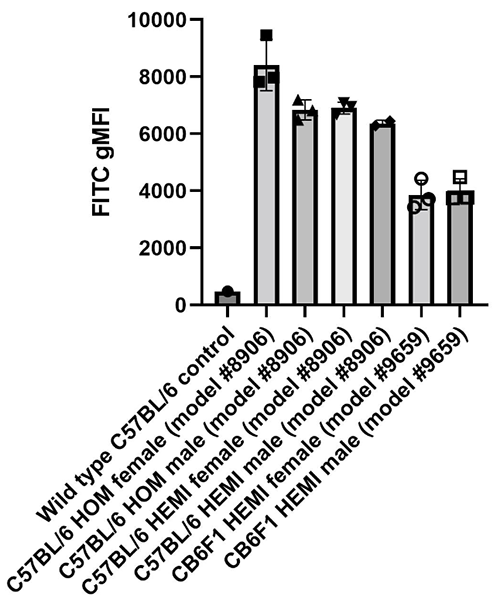
Figure 1: Expression of HLA-A2.1 in model #s 8906 and 9659 was measured on spleen cells by flow cytometry using a pan-HLA-ABC antibody. Significant expression of HLA-A2.1 is seen in both models compared to a wild type C57BL/6 control. Model #8906, on a congenic C57BL/6 background, has similar expression between homozygous and hemizygous animals and between males and females. Expression levels are somewhat lower in hemizygous mice of model #9659, on a CB6F1 background, but are sufficient for experimental performance as detailed in many published references. Specific functional relevance of expression differences between models is unclear, and the choice of model for a particular experiment should include not just expression levels but also the role of Th1 vs Th2 immune response, whether a congenic background is required for use in syngeneic engraftment or adoptive cell transfer experiments and other factors.
HLA expression histogram for spleen cells in HLA-A2.1 mice on two genetic backgrounds
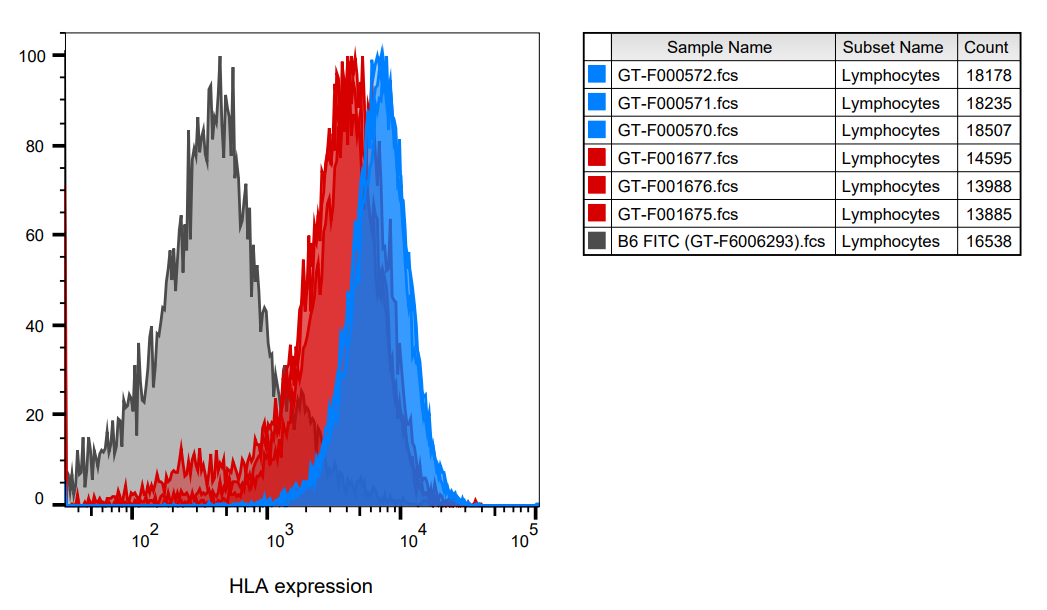
Figure 2: Histograms for HLA-A2.1 expression on spleen cells in representative animals, as measured using a pan-HLA-ABC antibody. Grey = wild type C57BL/6 control. Blue = three model #8906 hemizygous female mice (C57BL/6 background). Red = three model #9659 hemizygous female mice (CB6F1 background).
- Licensing
- Pricing - USD
- Pricing - EUR
- Pricing - DKK
- Pricing - USD Nonprofit
- Pricing - EUR Nonprofit
- Pricing - DKK Nonprofit
- Select my Health Standard
- Get Custom Pricing Guide
HLA-A2.1 (C57BL/6)
Conditions of Use for Taconic Transgenic Models™
Taconic Transgenic Models™ (Models) are produced and distributed under rights to patents and intellectual property licensed from various institutions. Taconic sells the Models to purchasers, grants to each purchaser a right under Taconic's rights in such licensed patents and intellectual property to use the purchased Model in consideration of purchasers' acknowledgement of and agreement to the Terms and Conditions for Taconic Models, Products and Services and the following terms of use:
- Title to these Models and biological materials derived from them remains with Taconic.
- The Models will be used for research purposes only.
- The Models will not be bred or cross-bred except to obtain embryos or fetuses required for research purposes unless additional rights have been granted in writing by Taconic.
- The Models and biological materials derived from them will not be distributed to third parties or used for commercial purposes.
- Non-profit purchasers may not use this Model and/or biological materials derived from it in sponsored research or contract research studies unless it is purchased at the for-profit price.
Pricing - USD
Murine Pathogen Free (MPF) Health Standard
8906 Female
8906-F Genotype tg/wt
Available now
| Age in Weeks | Quantity 1 - 999 |
|---|---|
| 3 to 10 | US$396.00 |
8906 Male
8906-M Genotype tg/wt
Cohorts are reserved upon order placement and will take 2-4 weeks to fulfill. An estimated lead time will be provided to you within 2-3 business days.
| Age in Weeks | Quantity 1 - 999 |
|---|---|
| 3 to 10 | US$449.00 |
Pricing - EUR
Murine Pathogen Free (MPF) Health Standard
8906 Female
8906-F Genotype tg/wt
Available now
| Age in Weeks | Quantity 1 - 999 |
|---|---|
| 3 to 10 | 361,00 € |
8906 Male
8906-M Genotype tg/wt
Cohorts are reserved upon order placement and will take 2-4 weeks to fulfill. An estimated lead time will be provided to you within 2-3 business days.
| Age in Weeks | Quantity 1 - 999 |
|---|---|
| 3 to 10 | 409,00 € |
Pricing - DKK
Murine Pathogen Free (MPF) Health Standard
8906 Female
8906-F Genotype tg/wt
Available now
| Age in Weeks | Quantity 1 - 999 |
|---|---|
| 3 to 10 | kr.2.679,00 |
8906 Male
8906-M Genotype tg/wt
Cohorts are reserved upon order placement and will take 2-4 weeks to fulfill. An estimated lead time will be provided to you within 2-3 business days.
| Age in Weeks | Quantity 1 - 999 |
|---|---|
| 3 to 10 | kr.3.040,00 |
Pricing - USD Nonprofit
Murine Pathogen Free (MPF) Health Standard
8906 Female
8906-F Genotype tg/wt
Available now
| Age in Weeks | Quantity 1 - 999 |
|---|---|
| 3 to 10 | US$264.00 |
8906 Male
8906-M Genotype tg/wt
Cohorts are reserved upon order placement and will take 2-4 weeks to fulfill. An estimated lead time will be provided to you within 2-3 business days.
| Age in Weeks | Quantity 1 - 999 |
|---|---|
| 3 to 10 | US$264.00 |
Pricing - EUR Nonprofit
Murine Pathogen Free (MPF) Health Standard
8906 Female
8906-F Genotype tg/wt
Available now
| Age in Weeks | Quantity 1 - 999 |
|---|---|
| 3 to 10 | 241,00 € |
8906 Male
8906-M Genotype tg/wt
Cohorts are reserved upon order placement and will take 2-4 weeks to fulfill. An estimated lead time will be provided to you within 2-3 business days.
| Age in Weeks | Quantity 1 - 999 |
|---|---|
| 3 to 10 | 241,00 € |
Pricing - DKK Nonprofit
Murine Pathogen Free (MPF) Health Standard
8906 Female
8906-F Genotype tg/wt
Available now
| Age in Weeks | Quantity 1 - 999 |
|---|---|
| 3 to 10 | kr.1.791,00 |
8906 Male
8906-M Genotype tg/wt
Cohorts are reserved upon order placement and will take 2-4 weeks to fulfill. An estimated lead time will be provided to you within 2-3 business days.
| Age in Weeks | Quantity 1 - 999 |
|---|---|
| 3 to 10 | kr.1.791,00 |
Select my Health Standard
Need help choosing the right Taconic Biosciences health standard for your research?
Use the Health Standard Selector to enter your exclusion list. The tool will tell you which health standards meet your requirements.
Get custom pricing guide
Schedule A Scientific Consultation
Connect directly with a member of our Scientific Solutions team who can help you select the most appropriate model and maximize your experimental success.
















.jpg)

.jpg)
.jpg)
.jpg)
.jpg)





.jpg)


.jpg)
.jpg)




.jpg)




.jpg)

.jpg)




